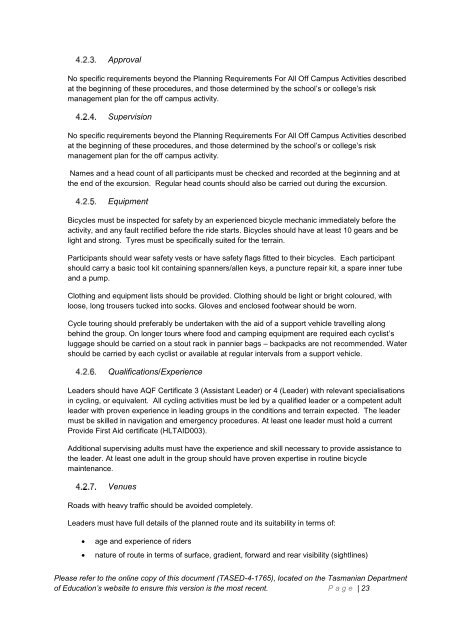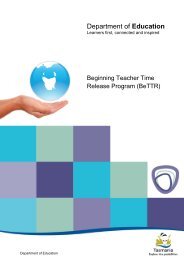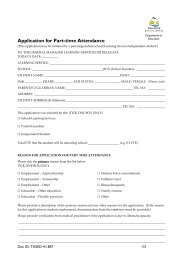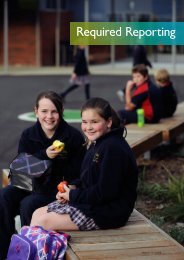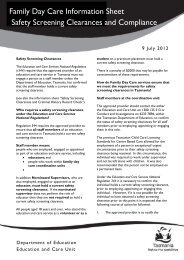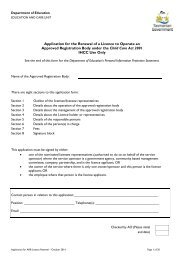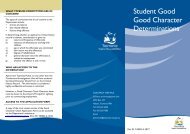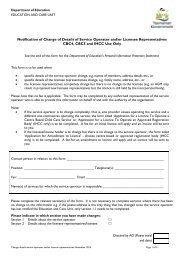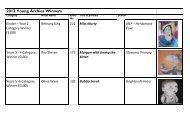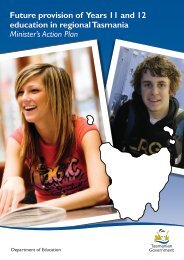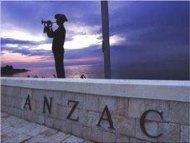PLANNING OFF CAMPUS ACTIVITIES
Procedures for Planning Off Campus Activities - Department of ...
Procedures for Planning Off Campus Activities - Department of ...
- No tags were found...
You also want an ePaper? Increase the reach of your titles
YUMPU automatically turns print PDFs into web optimized ePapers that Google loves.
Approval<br />
No specific requirements beyond the Planning Requirements For All Off Campus Activities described<br />
at the beginning of these procedures, and those determined by the school’s or college’s risk<br />
management plan for the off campus activity.<br />
Supervision<br />
No specific requirements beyond the Planning Requirements For All Off Campus Activities described<br />
at the beginning of these procedures, and those determined by the school’s or college’s risk<br />
management plan for the off campus activity.<br />
Names and a head count of all participants must be checked and recorded at the beginning and at<br />
the end of the excursion. Regular head counts should also be carried out during the excursion.<br />
Equipment<br />
Bicycles must be inspected for safety by an experienced bicycle mechanic immediately before the<br />
activity, and any fault rectified before the ride starts. Bicycles should have at least 10 gears and be<br />
light and strong. Tyres must be specifically suited for the terrain.<br />
Participants should wear safety vests or have safety flags fitted to their bicycles. Each participant<br />
should carry a basic tool kit containing spanners/allen keys, a puncture repair kit, a spare inner tube<br />
and a pump.<br />
Clothing and equipment lists should be provided. Clothing should be light or bright coloured, with<br />
loose, long trousers tucked into socks. Gloves and enclosed footwear should be worn.<br />
Cycle touring should preferably be undertaken with the aid of a support vehicle travelling along<br />
behind the group. On longer tours where food and camping equipment are required each cyclist’s<br />
luggage should be carried on a stout rack in pannier bags – backpacks are not recommended. Water<br />
should be carried by each cyclist or available at regular intervals from a support vehicle.<br />
Qualifications/Experience<br />
Leaders should have AQF Certificate 3 (Assistant Leader) or 4 (Leader) with relevant specialisations<br />
in cycling, or equivalent. All cycling activities must be led by a qualified leader or a competent adult<br />
leader with proven experience in leading groups in the conditions and terrain expected. The leader<br />
must be skilled in navigation and emergency procedures. At least one leader must hold a current<br />
Provide First Aid certificate (HLTAID003).<br />
Additional supervising adults must have the experience and skill necessary to provide assistance to<br />
the leader. At least one adult in the group should have proven expertise in routine bicycle<br />
maintenance.<br />
Venues<br />
Roads with heavy traffic should be avoided completely.<br />
Leaders must have full details of the planned route and its suitability in terms of:<br />
<br />
<br />
age and experience of riders<br />
nature of route in terms of surface, gradient, forward and rear visibility (sightlines)<br />
Please refer to the online copy of this document (TASED-4-1765), located on the Tasmanian Department<br />
of Education’s website to ensure this version is the most recent. P a g e | 23


